Tel:
Woodworking has been an essential part of human development for centuries, evolving alongside advancements in technology and industry. The history of woodworking machinery spans from simple hand tools to the modern, sophisticated machines we see today. These innovations have revolutionized how wood is shaped, cut, and assembled, paving the way for greater efficiency, precision, and creativity in the woodworking industry. In this article, we will explore the key developments in woodworking machinery and how they continue to impact the trade today, especially for businesses investing in modern woodworking CNC machines, CNC machines for wood, and the overall CNC woodworking machine industry.
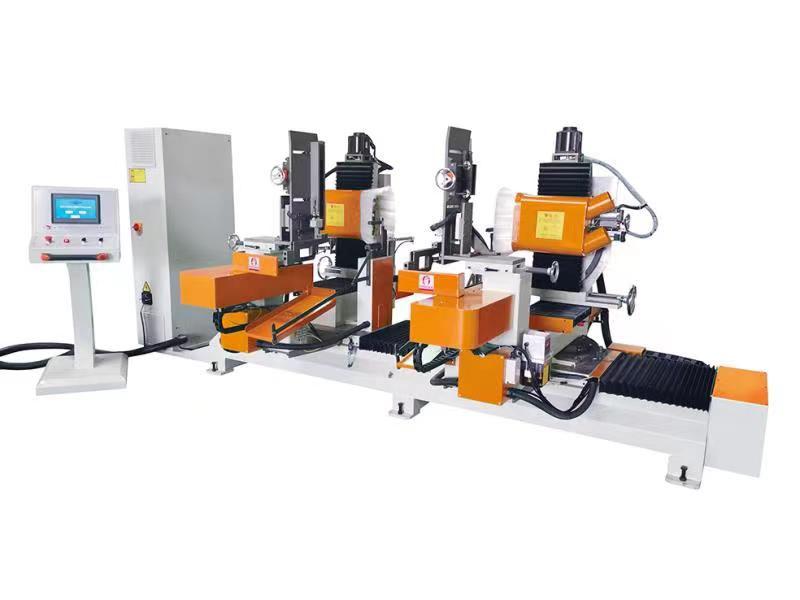
1. Early Beginnings: Hand Tools and Manual Techniques
In ancient times, woodworking relied entirely on manual labor, with hand tools such as axes, chisels, and saws being the primary instruments for shaping wood. These tools were relatively simple, yet skilled craftsmen were able to produce everything from furniture to housing structures. However, the process was slow and required a high level of physical effort.As society advanced, so did woodworking techniques. The invention of the lathe around 1300 BC marked a significant leap forward, allowing woodworkers to turn wood more easily and create symmetrical objects like bowls and columns. Although still manually operated, it was an early glimpse into the mechanization of woodworking.
2. The Industrial Revolution: The Birth of Machinery
The real transformation in woodworking came during the Industrial Revolution. In the 18th and 19th centuries, steam power and mechanized equipment began to replace hand tools, dramatically increasing productivity. This era saw the invention of essential woodworking machines like the circular saw, planer, and the first versions of lathes powered by water or steam. These machines laid the foundation for modern woodworking CNC machines, which would follow over a century later.The development of these early machines allowed woodworking businesses to mass-produce furniture, cabinets, and other wood products at unprecedented speeds, changing the way the industry operated. It also made woodworking more accessible to smaller businesses that could invest in machinery to scale their production.

3. The Rise of Electric-Powered Machines
By the early 20th century, woodworking machinery had evolved further with the introduction of electric-powered tools. Electric motors replaced steam engines, offering greater reliability, precision, and control. Machines like the bandsaw, jointer, and drill press became more common in workshops, enhancing the capabilities of woodworkers.This era also saw the introduction of more specialized tools designed to handle specific tasks. As the demand for high-quality, intricately designed products grew, manufacturers focused on developing precision equipment. These advancements led to better CNC machines for wood, which allowed for more complex and detailed woodworking projects.The CNC Revolution: Precision and Efficiency
The advent of computer numerical control (CNC) technology in the mid-20th century was a game-changer for the woodworking industry. CNC woodworking machines took automation to a new level by allowing operators to program machines for specific tasks. This removed much of the guesswork and manual labor associated with traditional woodworking.
With CNC woodworking machines, intricate designs can be replicated with high precision, making them a popular choice for manufacturers of custom wood products. These machines have been particularly beneficial for small businesses that rely on custom designs for their clientele. Whether it's creating detailed engravings, shaping complex components, or producing large quantities of pieces with consistent quality, CNC machines for wood have transformed how businesses approach woodworking.
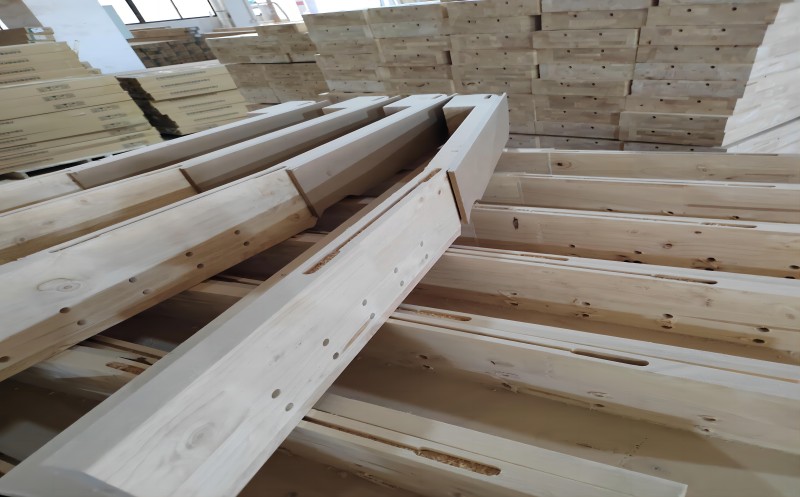
4. Modern Woodworking Machinery: Speed, Safety, and Sustainability
Today's woodworking machinery is more efficient, safe, and sustainable than ever before. Machines now come equipped with advanced safety features to protect operators and reduce accidents in the workplace. Additionally, newer models of CNC woodworking machines use energy-efficient motors and components, aligning with the global push toward sustainable manufacturing practices.For businesses, investing in modern woodworking CNC machines not only increases productivity but also opens up new possibilities for design and customization. With the ability to program machines to cut, engrave, and finish wood with extreme precision, businesses can offer a wider range of products to their customers, enhancing their competitive edge in the market.
The history and evolution of woodworking machinery reflect the broader advancements in technology and industrialization. From simple hand tools to the sophisticated CNC machines for wood used today, each innovation has contributed to making woodworking more efficient, precise, and accessible. Whether you run a large manufacturing plant or a small woodworking business, modern machinery allows for more creative freedom and production capacity than ever before. As the industry continues to evolve, it's essential for businesses to stay informed about the latest developments in CNC woodworking machines to stay competitive and meet the growing demands of their customers.The future of woodworking machinery will likely focus on even greater automation, enhanced sustainability, and more intuitive interfaces, ensuring that this age-old craft remains at the cutting edge of modern manufacturing.
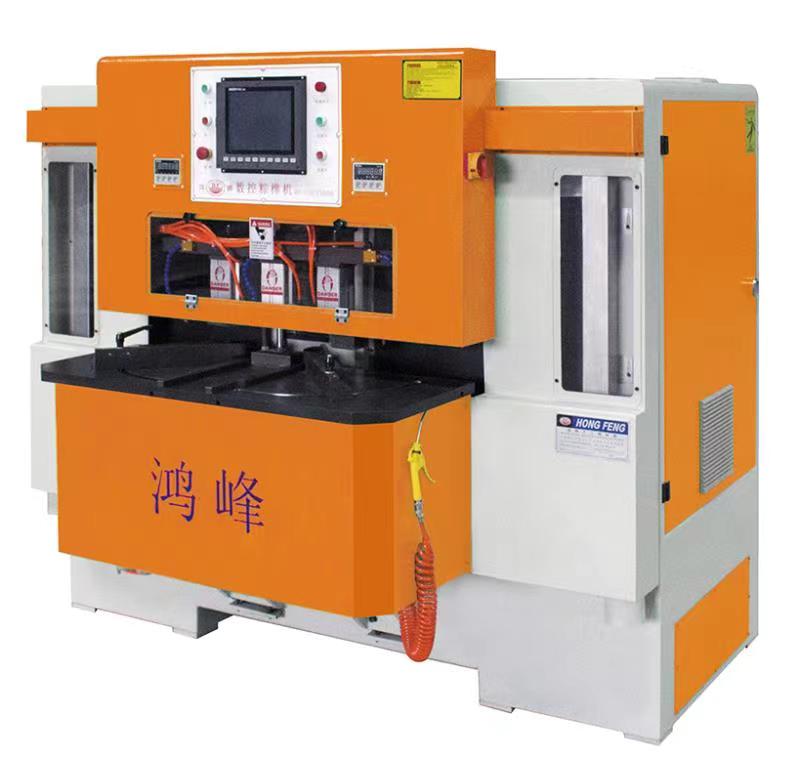 Enhancing Cutting Accuracy and Efficiency with CNC Miter Machines
Enhancing Cutting Accuracy and Efficiency with CNC Miter Machines
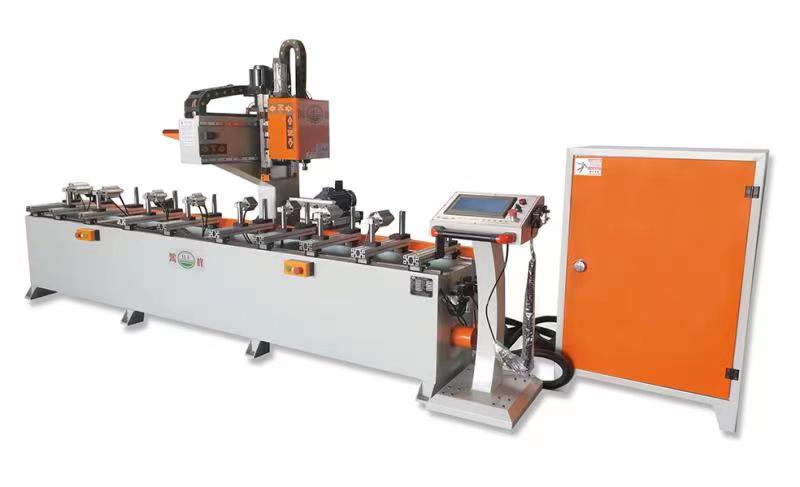 What Are the Common Mistakes to Avoid in CNC Groove Milling?
What Are the Common Mistakes to Avoid in CNC Groove Milling?
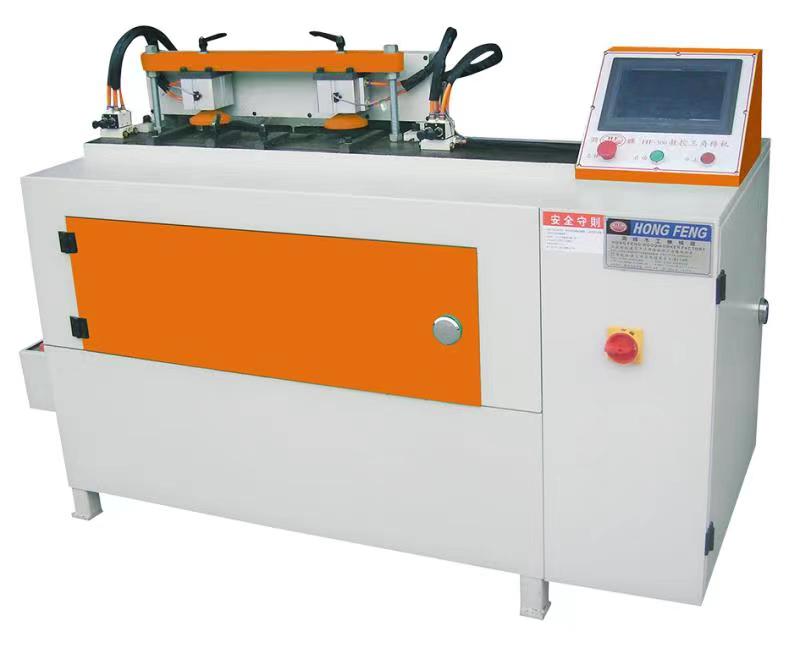 How to Choose the Best CNC Dovetail Machine?
How to Choose the Best CNC Dovetail Machine?
 What Should You Look for in a Double End Mortising Machine Manufacturer?
What Should You Look for in a Double End Mortising Machine Manufacturer?
